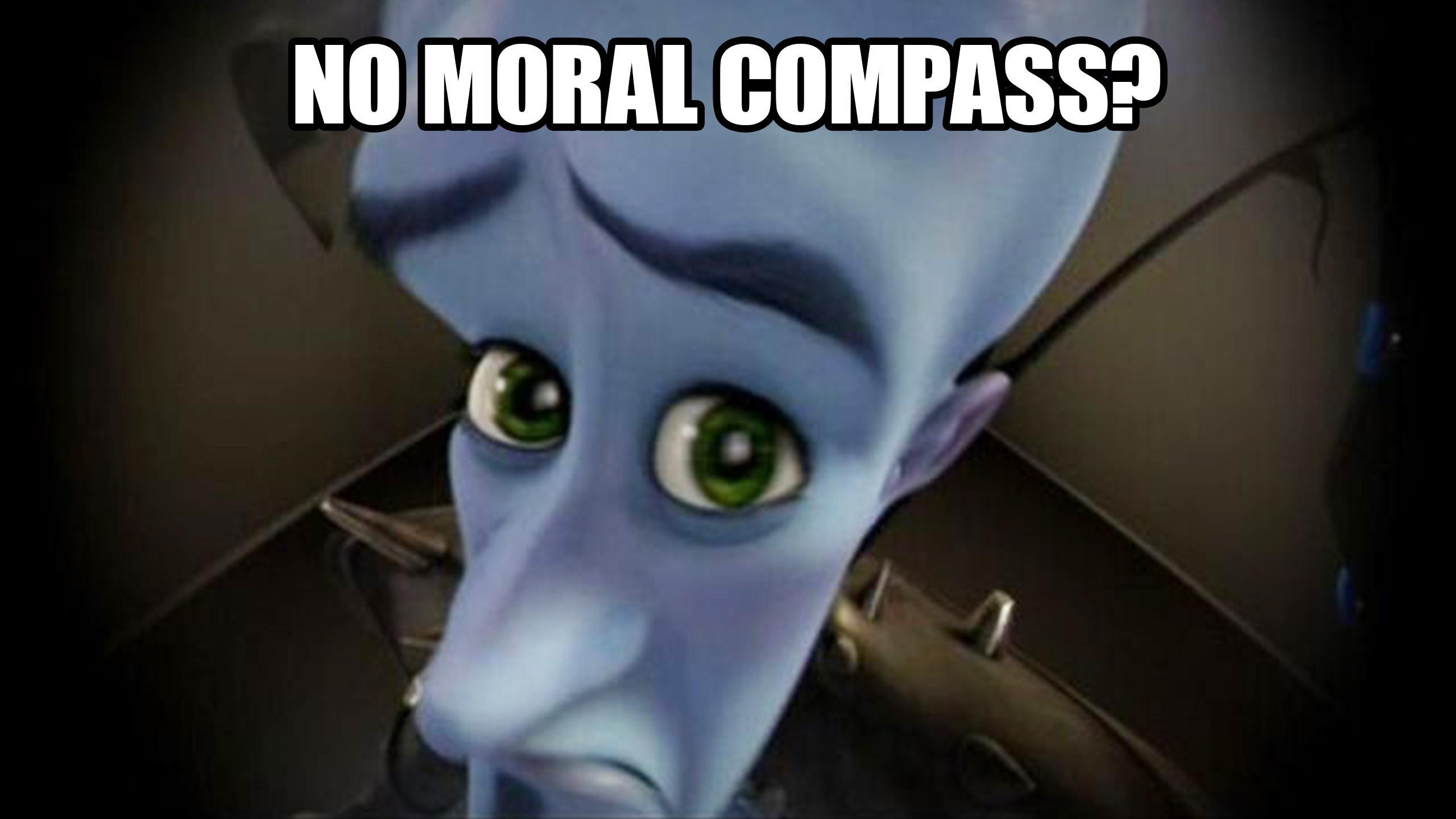By Reina Chaiekh
For my Introduction to Film Studies class, I was assigned to watch and analyze a movie of my choosing. In an attempt to take the class less seriously—and because I thought it would be funny—I decided to watch Megamind. Though many people may have watched this masterpiece, they may be ignorant to the intricately-crafted brilliance etched into the film the first time around.
In 2010, long before the popularization of “the villain arc” otherwise known as an explanation or deep dive into the backstory of someone other than the hero, Megamind killed the animation competition with an unusual storyline for its time and a voice cast consisting of Hollywood stars such as Will Ferrell, Jonah Hill, Tina Fey and Brad Pitt. It was released in what is objectively one of the best years for animation movies, alongside How to Train Your Dragon, Tangled, Despicable Me, Toy Story 3 and Shrek Forever After.
Megamind begins with a scene of an adorable baby being hurriedly strapped into a rocket pod—reminiscent of Superman’s origin story—and the audience is almost fooled into thinking this is a movie about a hero. But the movie is quite the opposite, deconstructing the idea of good and bad, hero and villain and right and wrong.
To start, while his rival, Metro Man, is raised with everything handed to him on a silver platter, Megamind lands in a prison facility where he is raised by convicts. Naturally, the convicts teach Megamind their version of right and wrong.
At this point in the story—not even past the five-minute mark—the movie has already begun to challenge the definition of right and wrong and how that creates the ‘bad guy.’ Megamind, in prison surrounded by criminals, is seen as a bad kid and troublemaker. Metro Man, who is being raised by affluent adoptive parents, is a supposedly gifted or ideal child, when they both end up at the same elementary school.
It is important to note that Megamind craves the validation and love he sees his peers award to his rival, Metro Man. He tries his hardest to earn that love by attempting to fit in by replicating the behaviour of Metro Man, yet is met with alienation from his peers, school and even jail staff. It isn’t explicitly spelled out to the audience why Megamind is treated as such but the implication is that his striking physical difference from humanity is evident to those around him.
Both Metro Man and Megamind are aliens but they are perceived very differently. Metro Man looks like an exaggerated version of all those fitness bros on TikTok that gained clout doing thirst traps. He can fly, has super-strength and can shoot lasers from his eyes that he only uses to entertain, provide and protect. Meanwhile Megamind is the mix between E.T. and a blue Smurf who, despite having an impeccable fashion sense, faces discrimination and judgment. Also, apologies to all the superheroes but villain fashion does it better.
Megamind is the stereotypical image of an alien. With blue skin, an inhumane head size and powers that backfire—due to his inexperience—not to mention a lack of privilege to flaunt, he does not gain any respect from others. The movie doesn’t shy away from depicting how modern society views superheroes, even showing a scene of a crowd cheering as Metro Man juggles babies and then hurls them back to their parents as people kiss his feet.
With the guise of childhood innocence, the movie makes a strong point in addressing humanity’s inability to accept what does not fit societal norms. Lacking the validation of his peers and even his teacher, Megamind is constantly told he is a bad guy.
Ultimately, he decides he will be a bad guy, which raises the question: if the world refuses to see past their prejudice and continually labels a person as one thing, what will the outcome be but eventual compliance? If Megamind was a ‘bad guy’ no matter the intention behind his actions and it was the only thing he was seemingly good at, what should he have done?
When Metro Man ‘dies,’ the entire basis of right and wrong, the balance they bring to society is tested and the reliance that exists between them is challenged. Megamind, who had thought this achievement would grant him peace of mind and maybe even the freedom to no longer conform to society’s labels, is now bored and lonely with the lack of an arch nemesis.
After becoming the presumed leader of Metro City, Megamind senses an emptiness and imbalance that he attempts to replicate. In the process, he realizes the entire ordeal is much more complicated than the black-and-white view of ‘good’ and ‘bad’. In Megamind’s own words: “What’s the point of being bad when there’s no good to try and stop you?”
Though, he does say this right before sending the Metro Man Museum—built to honour the Metro Man’s ‘humble’ service to the city—exploding to smithereens, so make of that what you will. Even though no one is there to stop him, he still executes it rather messily. All efforts are then exerted to create a superhero that can be the new bane to Megamind’s existence as kryptonite is to Superman.
All in all, I give this movie a solid 8.5/10. It is hilarious, with Megamind’s comments so off-handed and in critique of society, you can’t help but laugh. It was a unique experience, to say the least, to enjoy and still learn in this way for a school assignment. I seriously suggest that everybody watch this movie, especially on family movie nights, which usually end up being disastrous when the only options are a kid’s movie that bores everyone to sleep or a deceivingly safe one that ends up containing an “awkward” scene on screen that you have to pretend you can’t see.










Leave a Reply